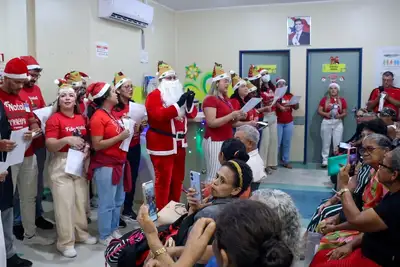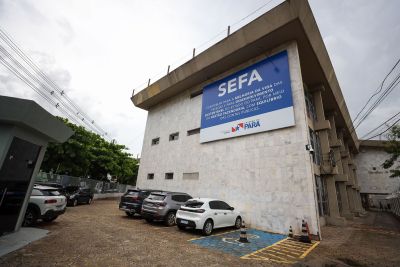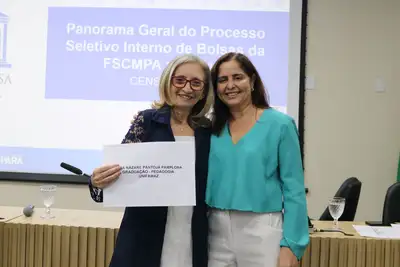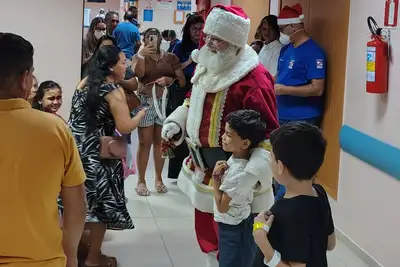Transamazon Regional Hospital strengthens the training of doctors in western Pará
With the Internship Program implemented in 2018, the unit of the Government of Pará has already received more than 160 students, of which ten are part of the professional staff
The corridors that doctor Natan Carneiro currently walks are the same ones he traversed not long ago as a student. Less than a year ago, he completed his college cycle and began another journey in the Emergency Room of the Transamazon Regional Public Hospital (HRPT), in Altamira, a municipality in the Xingu Integration Region, in western Pará.
Natan Carneiro is from the Medicine class of the Federal University of Pará (UFPA) that graduated at the end of October last year. At the Transamazon Regional Hospital, the general practitioner spent the last two years of his course, experiencing what would be his routine in professional life.
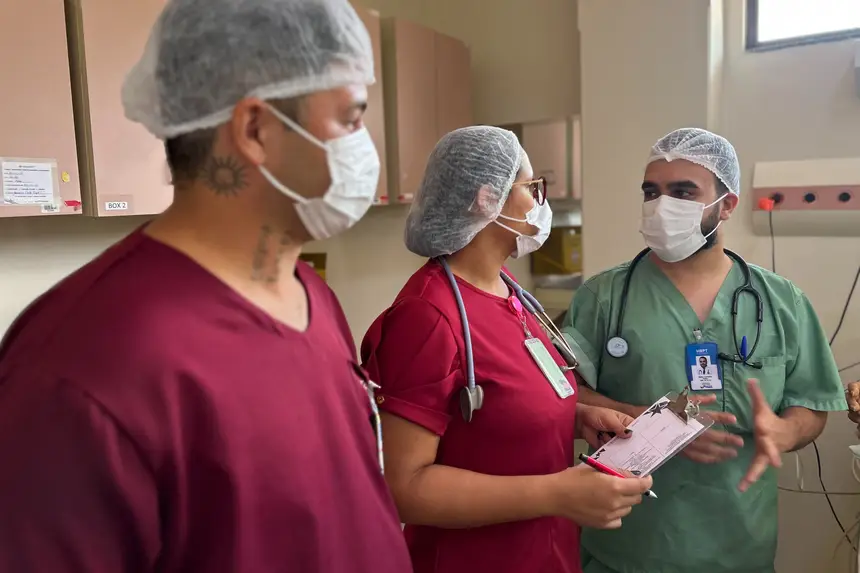
“Here is the great reference for the region, where we find a group of professionals who, long ago, had to come from other places because Altamira did not have the means to train. Having the opportunity for physical and clinical structure is a huge gain,” says the doctor, now an instructor for students who, like he did, rely on HRPT during their mandatory internship. “The Regional Hospital is the great bed of learning and opportunity to see complex cases that we only saw in books. It is a huge privilege to have learned here, with all the support we could have,” he adds.
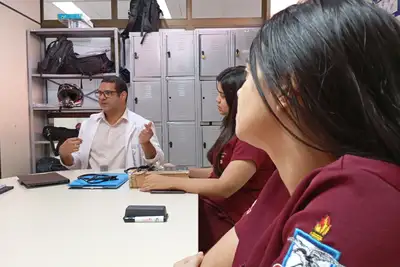
Learning - Since 2018, when the Internship Program was opened, the largest public hospital in the Xingu Integration Region has helped train 167 doctors, 34 of them just in October of this year. Currently, 77 students, divided into three classes, are on their way to completing the course. One of the future professionals is Fernanda Gonçalves. According to her, “we have the opportunity to see in practice the patient's condition, diseases, traumas, and references in procedures, such as neurosurgeries. This adds to our learning,” evaluates the student, who has also swapped day for night during shifts as part of her adaptation planning for the future.
Arthur Aguiar, from the same class as Fernanda, hopes to soon join the medical staff of the Transamazon Regional Hospital. “What we find in books lives here in the hospital, meaning we have the material we need to work. It is a hospital that guides us before entering the job market, as training. This is very well done. The professionals we have, who are people who graduated here, make us much more excited because they are colleagues from here,” he emphasizes.
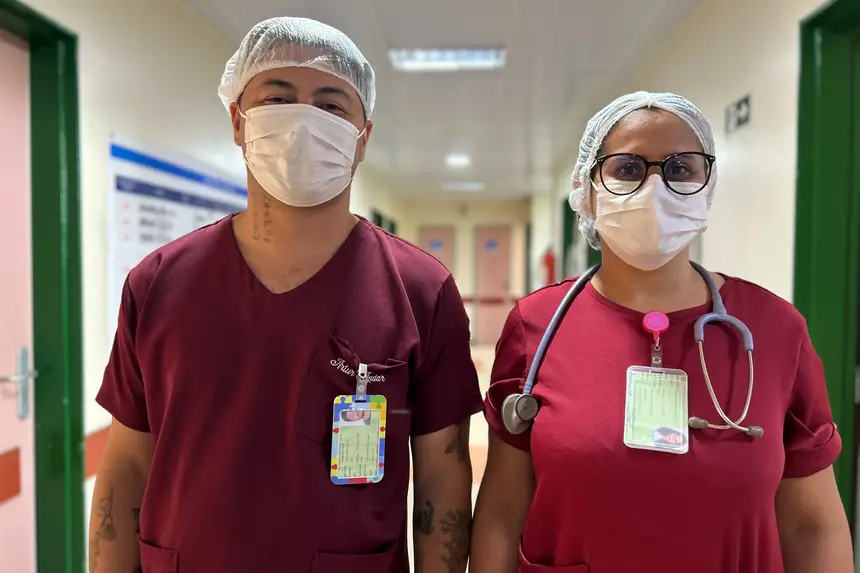
Experience - When they arrive for their mandatory internship, students are subjected to patient safety protocols, the same ones stipulated by the Unified Health System (SUS). Over 24 months, the experience includes theoretical stages, where procedures taught in college are reviewed and reinforced, and the practical part. Doctors working at HRPT are responsible for instructing, monitoring performance, and improving processes.
For Alessandra Pompeu, one of the supervising doctors, “it is an honor to be accompanying and training good professionals at the institution, which adds a lot with very important experience and living in their training.”
The doctor, who has known the reality of Altamira long before the opening of the Medicine course in 2016, states that the municipality has now become a reference in the west of the State, for hosting the Regional Hospital, one of the bases for academic training. “A hospital in the middle of the Amazon, with difficult access, makes a difference. I have seen the change, and it is an honor,” she assures.
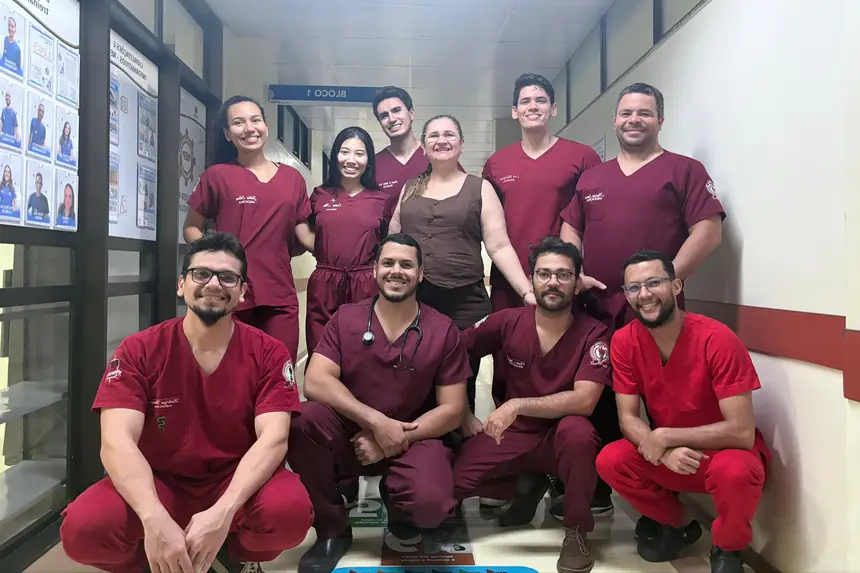
Looking to the future - Ten doctors who went through the Transamazon Regional Hospital during their training now work at the unit. There are 88 professionals from more than 20 specialties responsible for caring for thousands of people.
For Technical Director Leonardo Rodrigues, being a fundamental part of the training of one of the most important professions in the world “enriches and makes us very happy, with a sense of the institution's social role fulfilled.” He also highlights that, “being a medium and high complexity hospital, it is a source of a great field of learning and action for these future doctors. The Regional will consolidate itself in the coming years as a teaching hospital.”
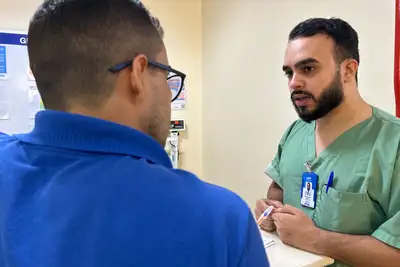
In the celebration of Doctor's Day - October 18, which took place on Friday (17), the general director of HRPT, Hivena Lima, emphasized that “one of the missions is to make integrated management.”
According to her, doctors are important in the process of humanization, one of the highlights of the Hospital, which recently achieved a new record of patient and companion satisfaction, with an approval rating of 99.88%. “We also want to thank everyone who makes this Hospital work,” said pediatrician Sebastião Júnior, as he received recognition along with his colleagues for their work on the front lines of the Regional Hospital.
Text: Rômulo D'Castro - Ascom/HRPT


